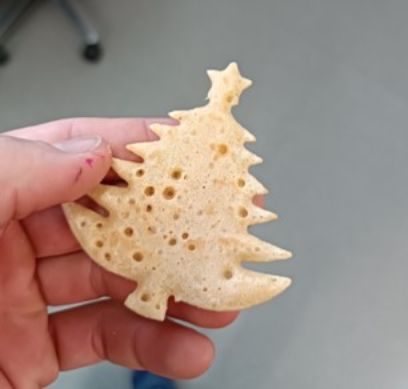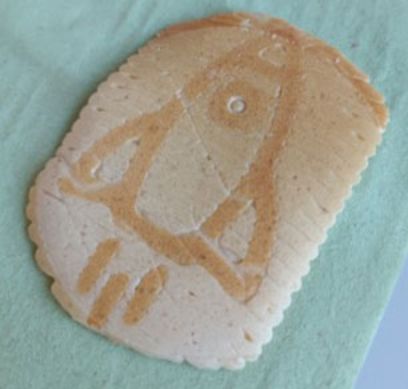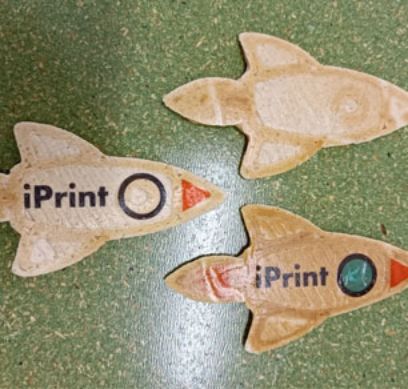- Research Project
3D-printing of food
The study investigated possibilities for 3D printing of food in a clinical context. Applications for paediatric in-patients explored with which meals can be personalised.
Factsheet
- Lead school(s) School of Health Professions
-
Institute
Nutrition and Dietetics
/forschung/forschungseinheiten/app-insel - Duration (planned) 15.07.2022 - 31.12.2022
- Project management Prof. Dr. Kai-Uwe Schmitt
- Head of project Prof. Dr. Kai-Uwe Schmitt
-
Project staff
Rachel Strahm
Prof. Dr. Klazine Van der Horst
Gioele Balestra - Keywords children, 3D-printing, nutrition
Initial situation
Malnutrition in hospitalised children is a major problem and has a negative impact on clinical outcomes. Medical circumstances (e.g. medications, therapies) and lack of food attractiveness can contribute to reduced food intake. 3D printing of food seems to be a promising technology to create meals in new, attractive shapes. Furthermore, the technology makes it possible to enrich food with micro- and macronutrients.
Procedure
In a first phase, professionals (nursing, nutritional counselling, catering) and parents of a hospitalised child were interviewed by means of focus group interviews and a one-on-one interview to determine the needs and expectations for 3D-printed food. In the second phase, based on the results of the interviews, different recipes with different printing technologies were tested and evaluated. In addition, the extent to which high-calorie drinkable food can be integrated into the recipes was investigated. Finally, samples of 3D-printed food were created, whereby it is important that these can be individually designed (e.g. according to patients' templates).
Results to date
Different snacks were developed and evaluated. For example, a pancake (in different shapes) proved to be a good basis (fig. 1 and 2). The shape can be individually selected, printed and decorated. Enriched with oral nutritional supplements, protein powder and with decoration, the snack printed contained up to 150 kcal and 5.3 g protein. This energy and protein content corresponds to about half of a high-calorie drinkable food.



Cooperation
The project was carried out by the Academic-Practice-Partnership (APP) of Insel Gruppe, Bern University of Applied Sciences (BFH) and the institute iPrint.